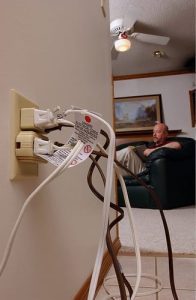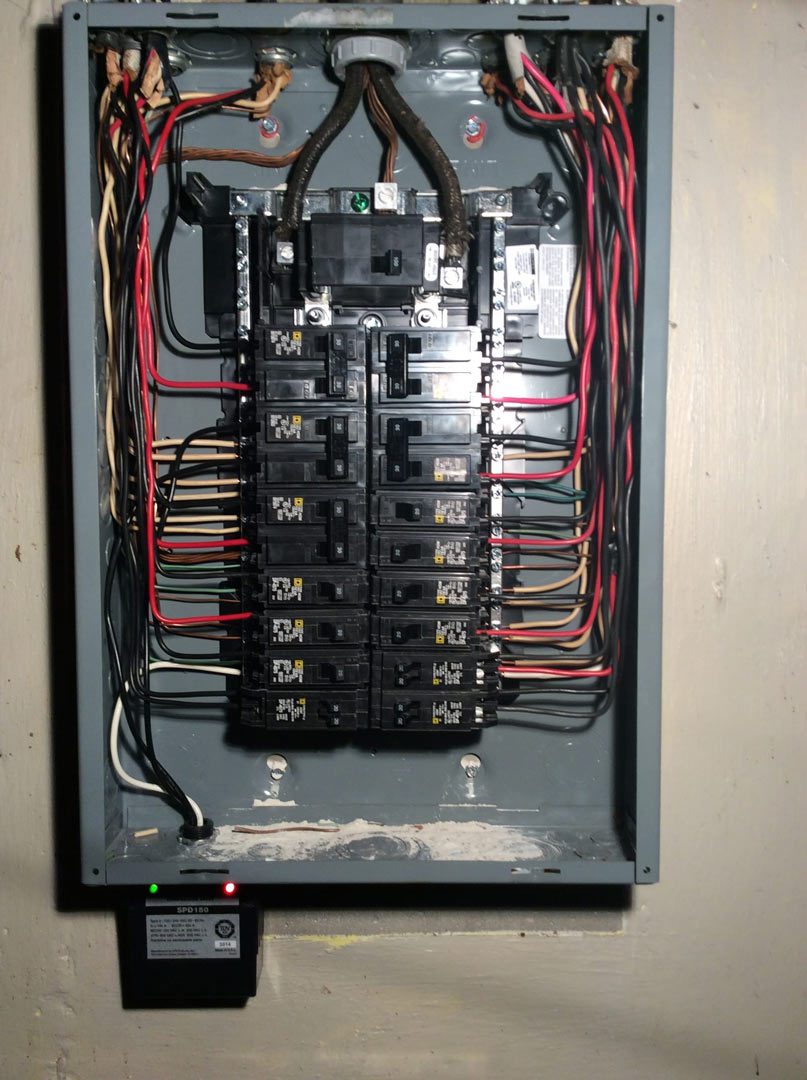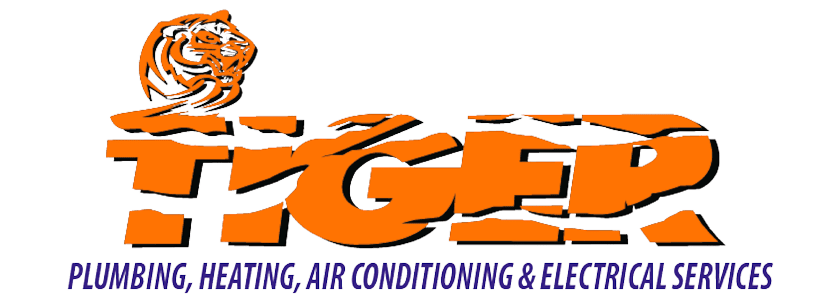Power strips and surge protectors are among the most commonly used electronic accessory items used today. While oftentimes overlooked and taken for granted, power strips and surge protectors are actually vital pieces of electronic gear that allow you to connect multiple devices while providing protection from power overloads, surges and brownouts, and “dirty” power (inconsistent flow of electricity characterized by small spikes and drops in voltage).
Understanding the difference between power strips and surge protectors is important to know so you are able to select the right one for your needs. A common misunderstanding many people have is that power strips and surge protectors are the same thing, or that all power strips includes surge protection. This is likely due to surge protectors being included on many power strips and with the words “surge protector” being printed on power strips that do feature surge protection.
 Some power strips are surge protectors, but not all are. Basically, power strips are designed to allow for the sharing a single electrical outlet with multiple pieces of electrical equipment. Power strips are generally a series of electrical outlets contained in an electrically shielded case, which are connected to a single cable with a male electrical plug on one side. This plugs into an electrical outlet. Simple power strips are sufficient if you will be plugging in devices that would not be damaged by electrical surges and just want more outlets.
Some power strips are surge protectors, but not all are. Basically, power strips are designed to allow for the sharing a single electrical outlet with multiple pieces of electrical equipment. Power strips are generally a series of electrical outlets contained in an electrically shielded case, which are connected to a single cable with a male electrical plug on one side. This plugs into an electrical outlet. Simple power strips are sufficient if you will be plugging in devices that would not be damaged by electrical surges and just want more outlets.
Surge protectors are an entirely different piece of equipment than power strips. Typical surge protectors act as a power strips by allowing multiple electrical devices to be plugged into them, but they also prevent the electrical current from overloading an electrical device with too much voltage. When voltage increases in the electricity coming through a wall outlet, it can overload the wiring in a house and cause damage to unprotected electrical equipment. Such surges can be caused by natural phenomena, such as lightning, and can also be caused by electrical appliances, such as those with large motors inside. Different types of surge protectors provide protection from different kinds of electrical surges.
There are different types other than a standard model of surge protector that can be purchased. One type of surge protector uses a gas discharge resistor. This type of surge protector uses inert gas that can ionize when there is an electrical surge and sends excess current to the ground line. After a power surge, these types generally need to be completely replaced, as the gas is discharged and the protection is no longer in the device.
Another type of surge protector uses a fuse that will burn out when excess current overloads the fuse. This will protect connected components but will destroy the fuse which will need to be replaced. Many people may choose to purchase the most inexpensive power strips available, thinking there is no difference, and not realizing the purpose and importance of a surge protector. If relatively expensive and sensitive equipment such as home electronics and computers are being connected to power strips, it is best to purchase power strips with a surge protector.
 If you are unsure which type you have, or simply do not want to check and change out all of the current power strips in your home, a whole house surge protector is an excellent solution. Connecting directly into the electrical panel, a whole house surge protector regulates the electrical current entering the house, whether it be too low or too high, and distributes it appropriately to all circuits in the electrical distribution box. It will prevent the irregular current before it even reaches the electrical component. The whole house surge protector will help prevent damage to electronics and appliances caused by surges, spikes, brownouts, and blackouts.
If you are unsure which type you have, or simply do not want to check and change out all of the current power strips in your home, a whole house surge protector is an excellent solution. Connecting directly into the electrical panel, a whole house surge protector regulates the electrical current entering the house, whether it be too low or too high, and distributes it appropriately to all circuits in the electrical distribution box. It will prevent the irregular current before it even reaches the electrical component. The whole house surge protector will help prevent damage to electronics and appliances caused by surges, spikes, brownouts, and blackouts.
If you are not sure if you have surge protectors or power strips, or are interested in learning more about whole home surge protection, contact your local electricians. We offer whole home electrical safety inspections and can provide you with surge protection solutions that are best for your home. Schedule an appointment online today with Tiger Electrical Services, or call us at 1-866-TIGER70.
Photo 1 credit: capacitor original via photopin cc
Financing
Options
Winning Team





















